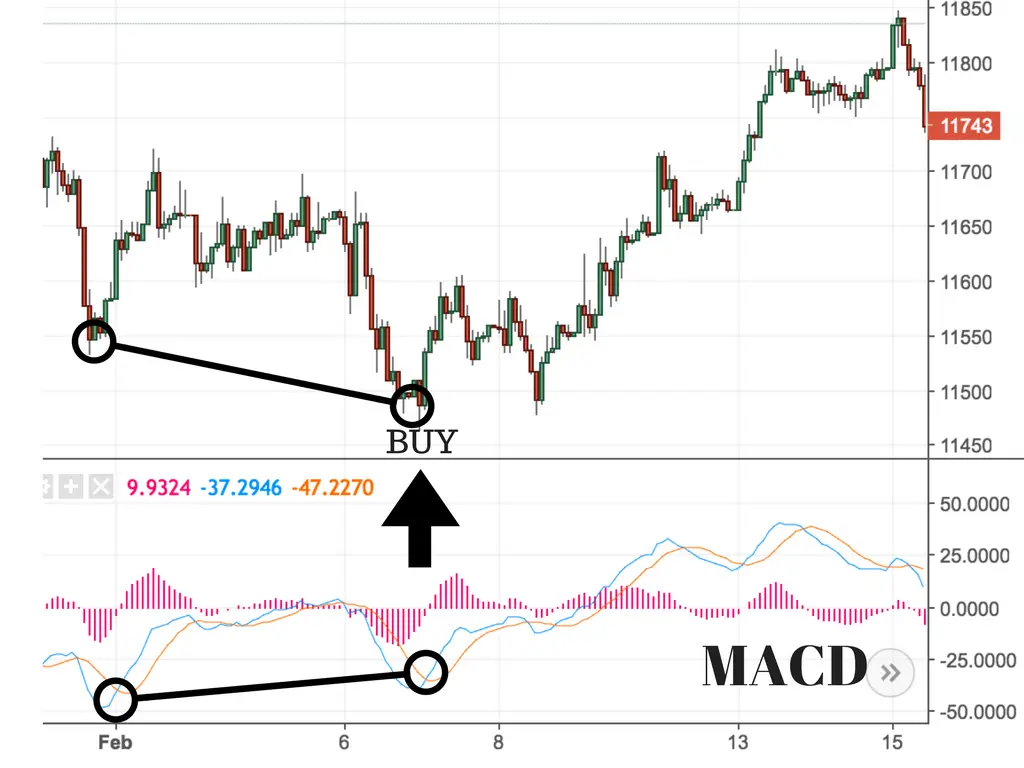Technical indicators give traders ways to quantify and measure price action. A technical indicator can show the direction of the current trend, volatility, momentum, and whether a market is overbought or oversold. The best use of technical indicators is to use them to create great risk/reward ratios on entry. Technical indicators can also be the primary filters for quantifying entries and exits during system backtesting.
Signals derived from technical indicators can help traders filter out their own opinions and predictions and instead focus on the momentum and trend of price action. These tools help traders develop ways to capture trends in their own trading time frame. The following are the four that I have found to be the best technical indicators for price action trading.
A moving average shows the direction of a market in the time frame that is correlated with the length of the moving average. Markets are in up trends when over and down trends when under a moving average for that time frame. Moving averages are great for quantifying and trading trends but are ineffective during sideways or volatile markets when no trend is established. Moving averages can be combined to create crossover systems that filter out volatility by only triggering entry and exit signals when a short moving average crosses over a longer term moving average. Moving averages are easy to backtest and can be used to create mechanical trading systems. They are also good filters for discretionary trading to establish the current trend.
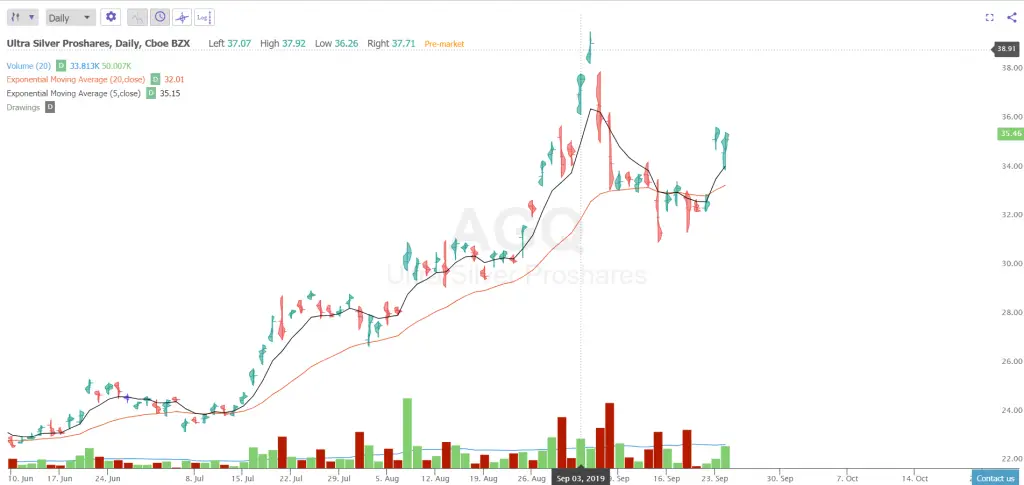
Chart Courtesy of TrendSpider.com
The Moving Average Convergence Divergence indicator (MACD) is a measure of price momentum. The MACD crossover can signal an intermediate swing trade and also be used as a filter to see the direction of the momentum of a market. The MACD can give a cross over or cross under signal showing a change in market trend and momentum before a moving average crossover system as it reacts faster to a loss of momentum that moving averages in most situations. In very dull markets over long periods of time the MACD can become flat and the lines converge not giving clear signals. The MACD is best used as filter to measure the current momentum of a market direction.
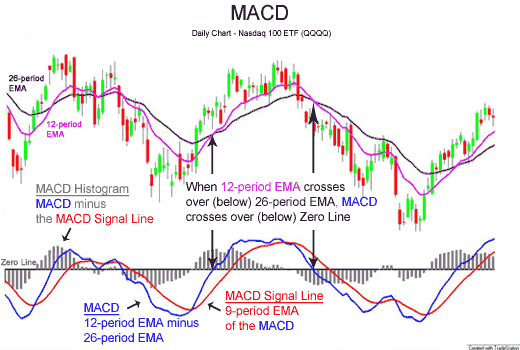
The Average True Range (ATR) can be used in many ways. A declining ATR shows volatility decreasing but an expanding ATR shows volatility increasing. This is a technical indicator to help calibrate position sizing and quantify risk. The ATR can also be used as a trailing stop as it can establish how many ATRs in movement you want to risk against your position on entry after you establish your position sizing.
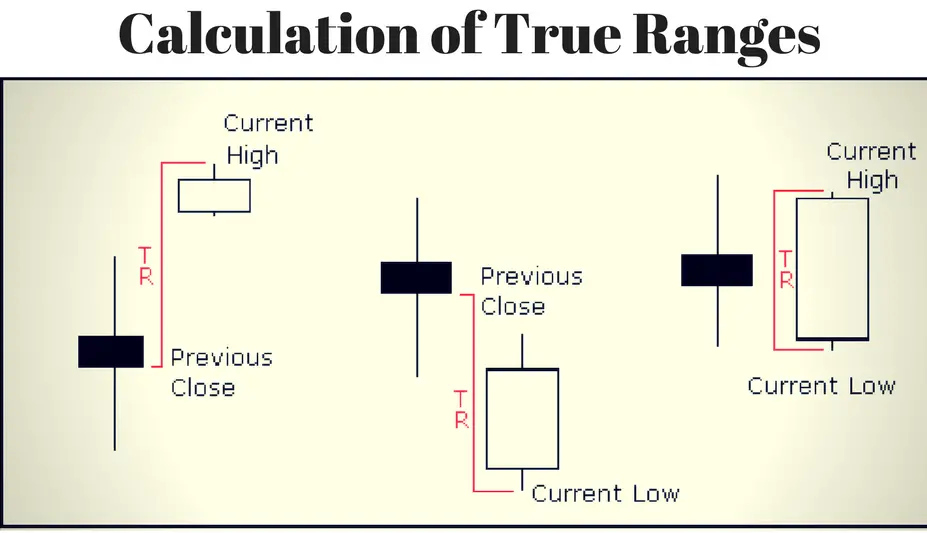
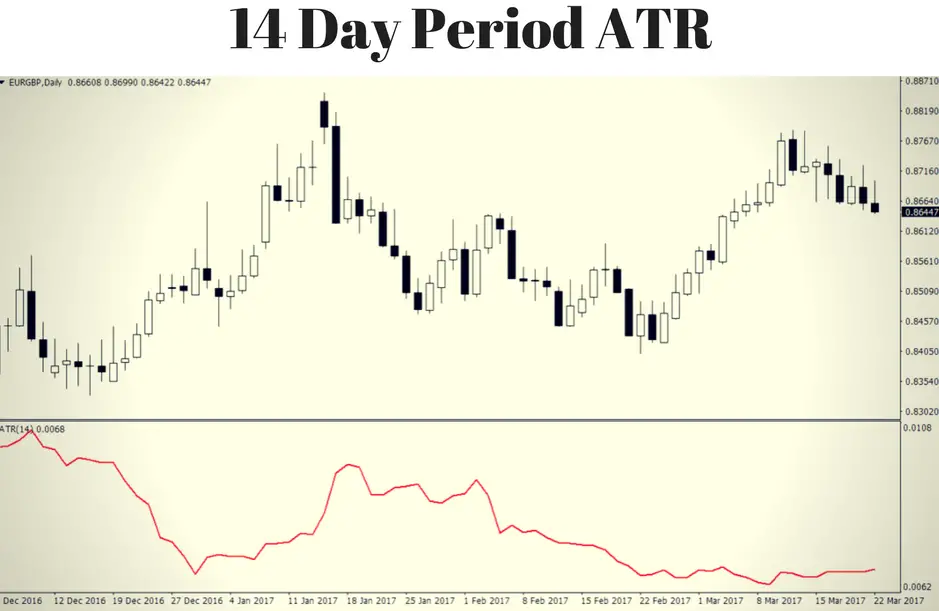
The Relative Strength Indicator (RSI) is a measure of how far and how fast price action moved in one direction. RSI shows the risk/reward ratio increasing and decreasing as swing or trend direction continues. He high or low RSI reading is a warning that a market moved too far and too fast with no pullback and the risk reward/ratio is starting to skew against a position. The 30 RSI favors long positions and buying the dip in most cases as the market has become oversold and the 70 RSI reading favors selling long positions and locking in profits as the market has become overbought at those levels in the majority of circumstances. When a market has an extended parabolic move in one direction the RSI is not valid, but the majority of the time it indicates short term tops and bottoms even in swinging and trending markets.

There is no magic with technical indicators they are only trading tools and their usefulness is created when you combine them or use them as filters to create your own trading system that fits your risk tolerance levels and return goals. Trading a quantified and winning system with the right risk management and discipline is where the magic happens.
